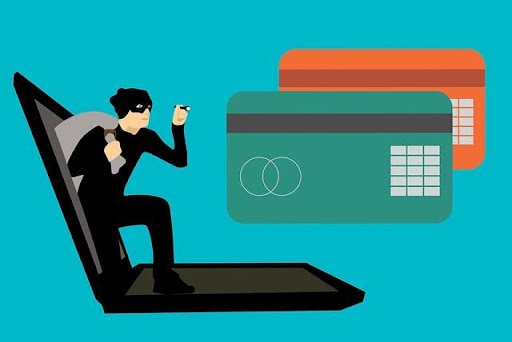Payment fraud occurs when someone steals payment data and utilizes it to make unauthorized transactions and purchases. It may also involve stolen or lost merchandise, false refund requests, bounced checks, or returns. Since eCommerce businesses rely on electronic payment methods to charge for products and services, fraudulent activities have risen in greater numbers. There are several types of payment fraud, including phishing, identity theft, pagejacking, merchant identity fraud, advanced fee, and wire transfer scams.
Fraudsters have become savvy at stealing information online. They can also pose as contact credit card owners or legit representatives to ask for confidential details then interact with you via email, instant messaging, texting malware, rerouting traffic to fraudulent sites, phone calls, or online auctions to steal sensitive information. Below are ways to safeguard your business from payment fraud.
1. Identity verification
As more consumers turn to the internet to purchase their products and services, businesses have digitized their processes for seamless operations, leading to an increase in payment fraud. This is because cardholders don’t need to show their IDs when making online purchases. Thanks to credit card fraud, your business can suffer from fraudulent payments and costly chargebacks, impacting business growth.
However, with a credit card scanner app that among other things extracts the card holders first and last name, you can verify your customers’ IDs in real-time, eliminating chances of ID theft and fraud. You can also use face-matching technology and implement two-step authentication to mitigate payment fraud.
2. Train your employees
Organizing regular training for your employees to educate them on payment fraud can help mitigate it. The training should tell your employees why fraud prevention is essential and its impacts. Educate them on how to spot red flags and encourage them to verify each transaction detail regardless of how long it takes.
Introduce checks and balances to identify suspicious activities in your transaction processes. Establish transparent reporting processes where employees can report fraud, mainly if they made the mistake that caused it. Create fraud awareness and establish a collaborative responsibility culture against fraud.
3. Learn how to handle credit card information
Learning how to properly handle and store your customers’ credit card information enables you to protect it, prevent cyberattacks, and comply with business security standards. Never store your customers’ card track data because it contains the cardholders’ account number, name, card security code, card verification value, and identification number. To protect your clients’ data, first, understand the PCI standards and the consequences of being non-compliant.
Should hackers get this credit card information, they can transfer funds, make purchases and withdrawals without authorization. If you store customer credit card information, encrypt it to make it hard to read. Use reputable service providers, be careful with recurring billing, and keep your hardware and software up-to-date.
4. Watch out for fraudulent emails
Fraudsters can use fake emails to trick you into getting your personal information. Phishing emails may seem natural, but criminals create them by pretending they come from a reputable source, including links to fake websites. If you follow the link and try to log in, fraudsters can steal your information to gain access to your account.
Consider using spam filters and antivirus software to reduce phishing emails. Criminals can also use impersonation emails which are made to seem like they come from someone you know. If you receive emails requesting you to make payments or alter vendor payment details, confirm with them before taking action.
5. Avoid using checks
While there’s a significant drop in check circulation, fraudsters are still taking advantage of cheap technology, advanced scanning, and printing technologies to produce fake checks. Fraudsters can make fake checks seem legitimate by using real financial institution addresses and names, colored watermarks, and verifiable account and route numbers.
You can reduce check fraud by encouraging your customers to transact with credit cards, mobile, or ACH. You should also develop ways to determine the authenticity of a check before accepting it.
6. Use a secure eCommerce platform
Ecommerce website security is essential to protecting private and sensitive data, preventing financial scams and fraud, and data breaches. Ensuring e-commerce site security lets you gain customer trust and avoid payment fraud. To secure your eCommerce platform, ensure payment gateway security by not storing credit card information on your servers. You can also opt for third-party payment processing gateways to reduce fraud risks.
Ensure regular e-commerce software updates, CVV verification, switch to HTTPS protocols, secure admin servers and panels, and use firewalls. Use an address verification system to ensure the billing address matches the one on the credit card issuer file. This will help you determine if the transaction is fraudulent or legitimate.
7. Enforce VPN protocols
A virtual private network (VPN) involves excluding unauthorized persons from accessing your server. To keep hackers from accessing your server, enforce VPN protocols for everybody who accesses your server. Any information, including payment data, sent using a VPN is encrypted, meaning no one can see the information you send or receive.
Endnote
Payment fraud can be costly for businesses and lead to massive losses or even business closure. It affects your business reputation and may cause customers to lose trust in you. Use these tips to safeguard your business from payment fraud.


















Leave a Reply